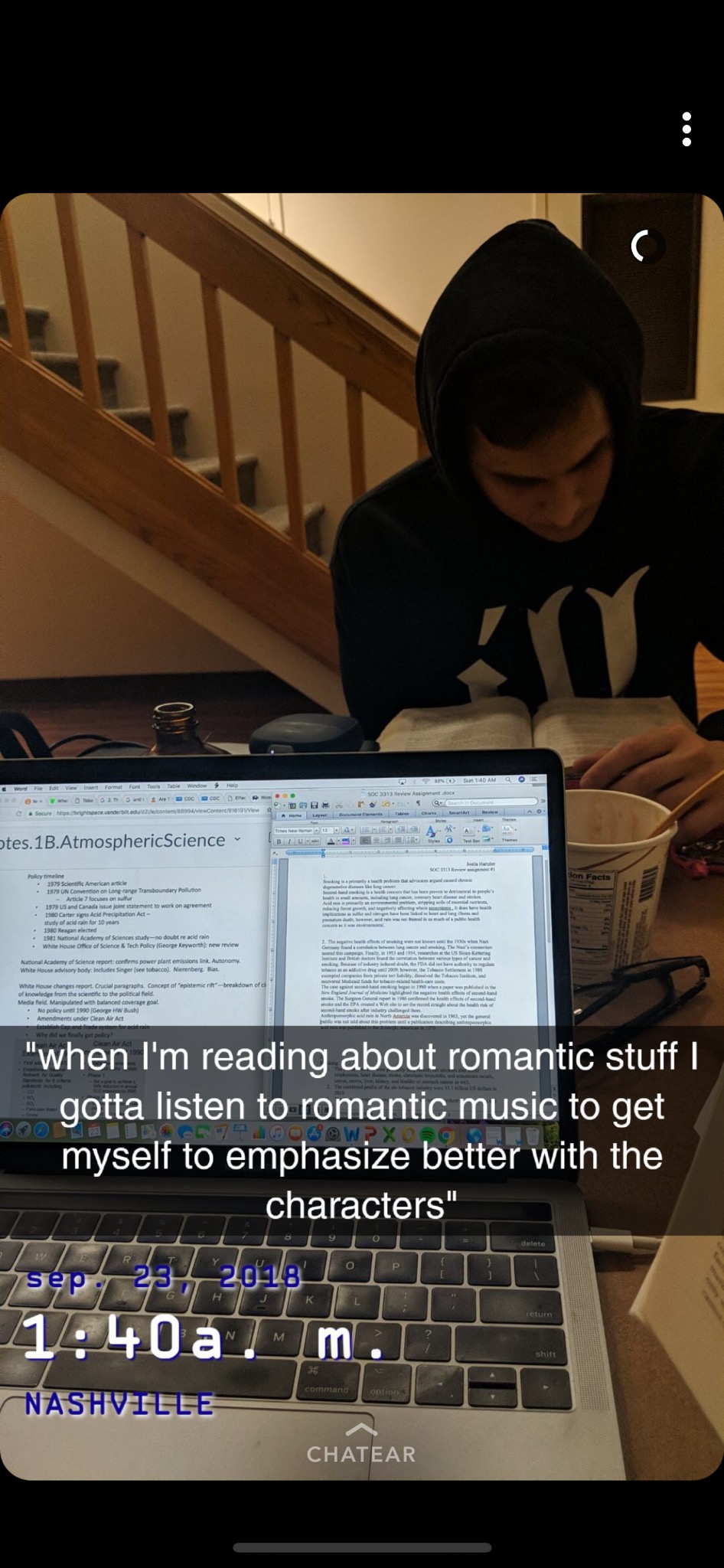Paige
The Mayfield Experience: A Living-Learning Community
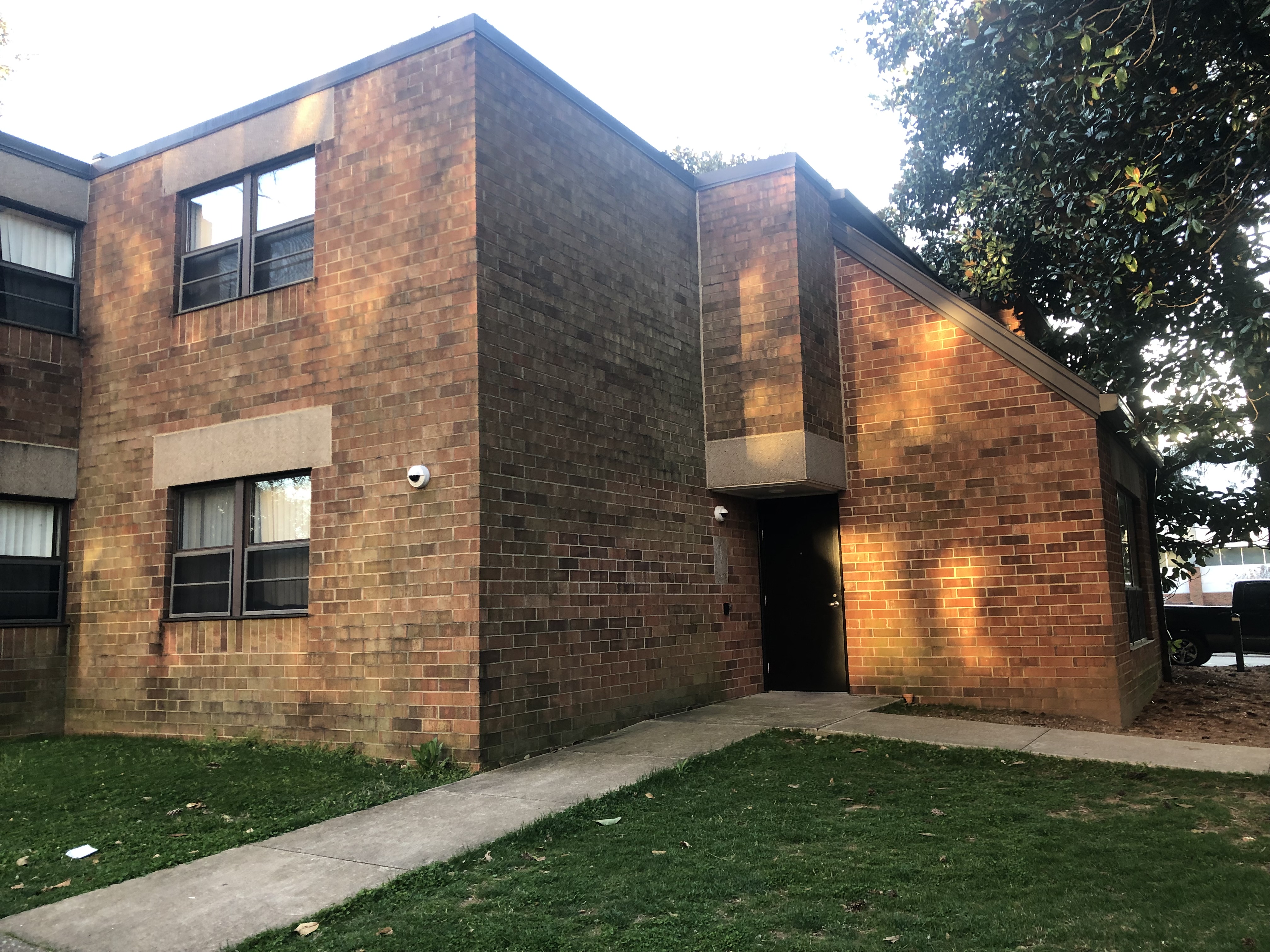
“The Mayfield Living Learning Community provides opportunities for students to develop an understanding of and appreciation for living in a residential learning community,” as stated on the Vanderbilt residential education website. It’s a space for two hundred students to live in twenty distinct spaces (all located around the south perimeter of highland quad) and collaborate on unique, self-designed projects with set goals, timelines, and progress-indicative presentations.
The Mayfield itself consists of five single bedrooms, one bathroom, a kitchen, and a common area on the first floor- on the second floor are the other five bedrooms with another bathroom.
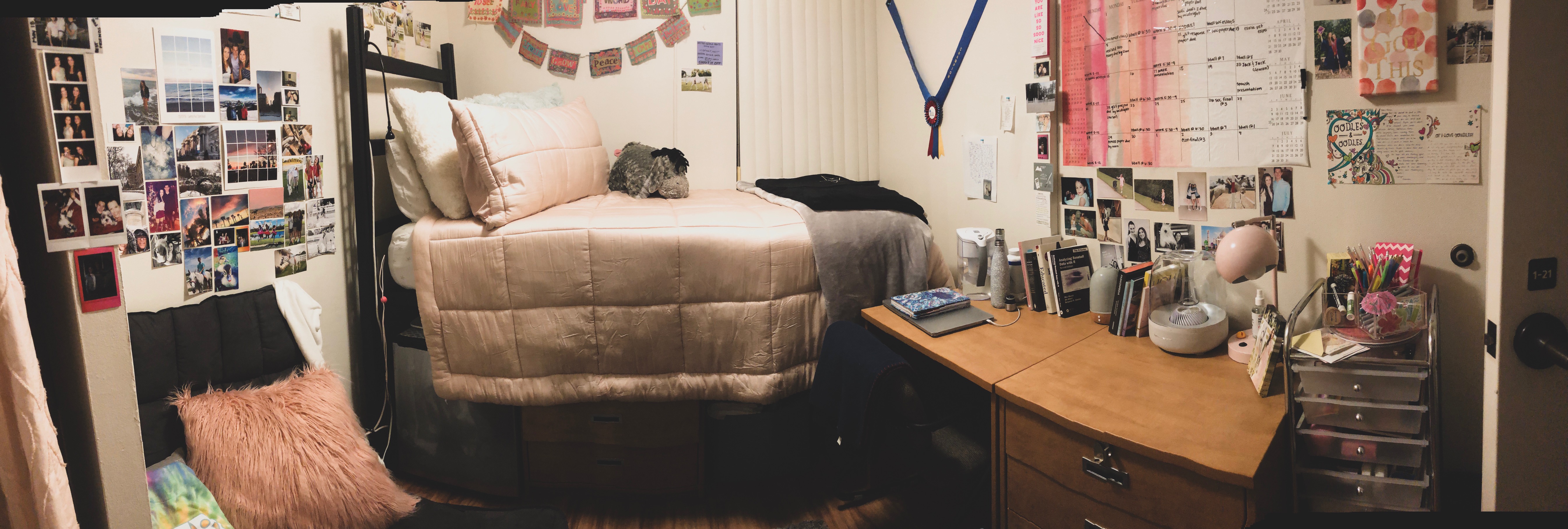
The arrangement and organization of each of the twenty common areas are quite different, but 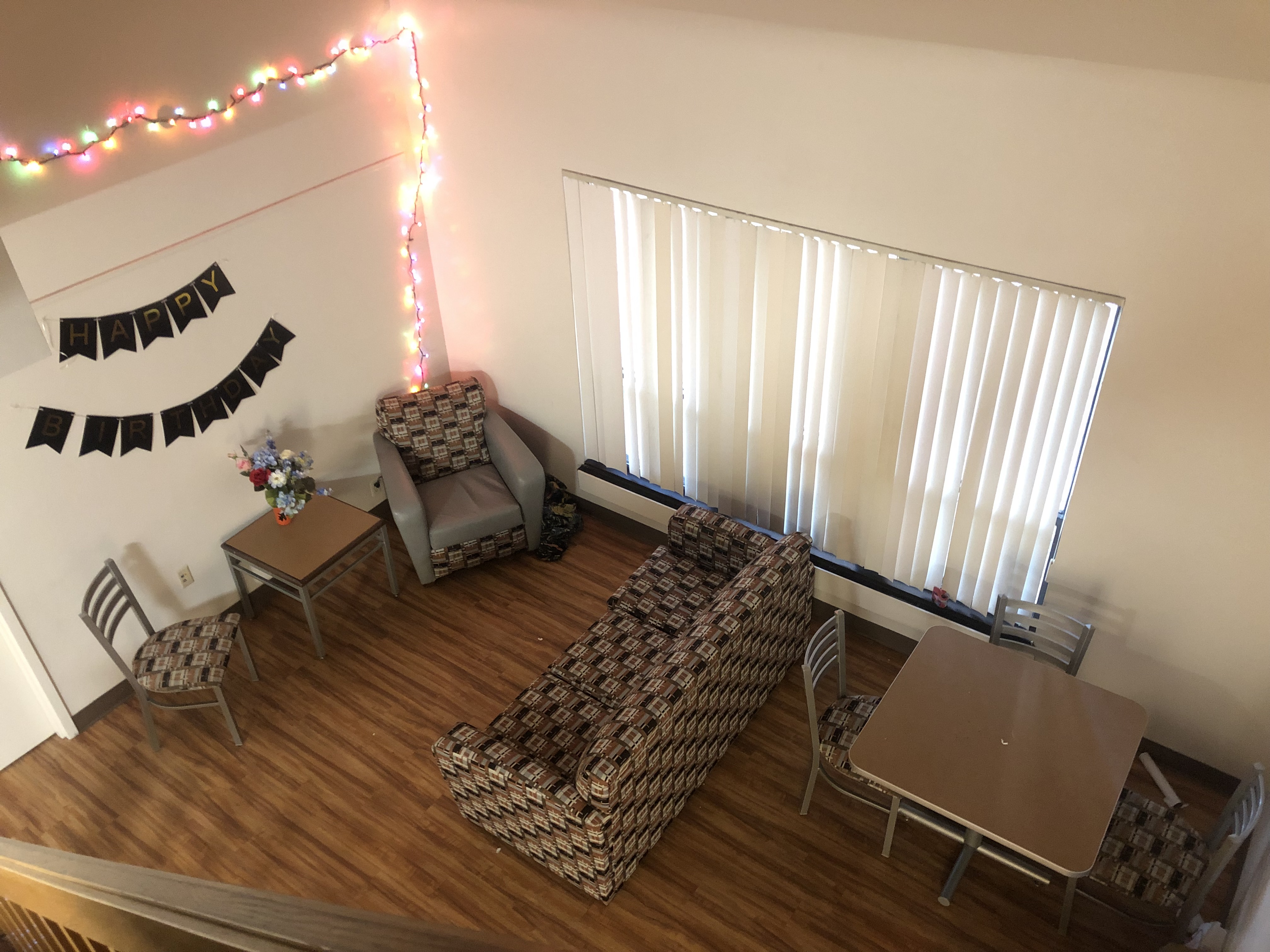 the furniture is the same: a three-seater sofa, two sitting chairs, a side table, and a breakfast table with four chairs. There are four of us in particular that collaborate in this space daily, and we’ve found that the furniture setup we’ve arranged has provided two distinct areas: one for working (on the right) and one for socializing (on the left).
the furniture is the same: a three-seater sofa, two sitting chairs, a side table, and a breakfast table with four chairs. There are four of us in particular that collaborate in this space daily, and we’ve found that the furniture setup we’ve arranged has provided two distinct areas: one for working (on the right) and one for socializing (on the left).
Something I’ve always considered to be intriguing is our lighting; it’s been the same since the beginning of the year: low-lit and dark. Most of us are either on main campus or off-campus during the day, so most of the activity occurs at nighttime. The darkness provides an oddly refreshing atmosphere for us when we need motivation, as we’ve found that tricking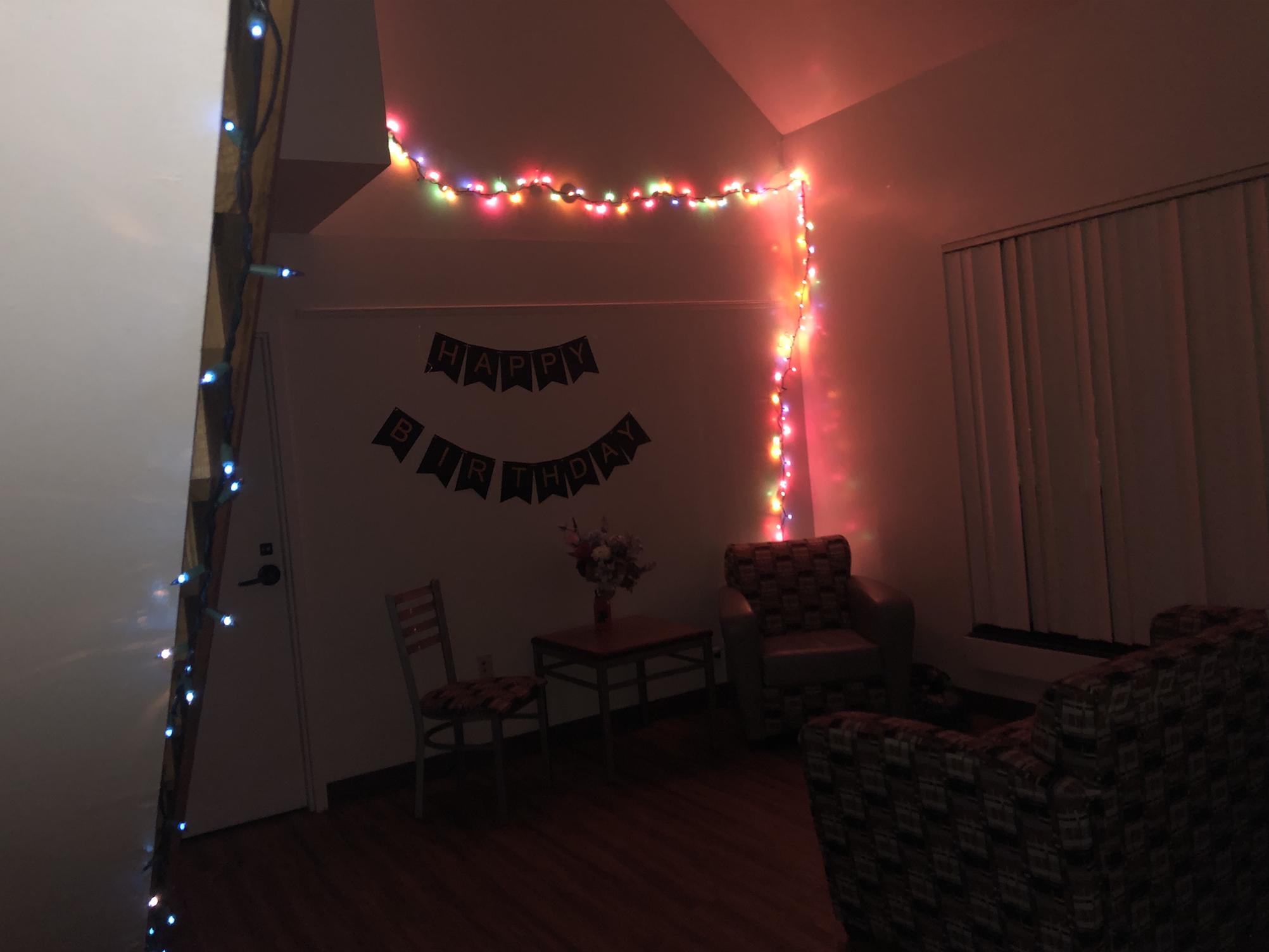 our brains into thinking it’s much later than it actually is dramatically increases our efficiency and productivity (especially during the day). This being said, our windows are always closed, yet the common area has string lighting (although it’s minimal), as does just about every single room.
our brains into thinking it’s much later than it actually is dramatically increases our efficiency and productivity (especially during the day). This being said, our windows are always closed, yet the common area has string lighting (although it’s minimal), as does just about every single room.
So, we have our private space, but we also have the opportunity to engage in whatever is going on outside our bedroom doors. In class, we’ve talked quite a bit about what it means to have a home, especially one that is away from our real home, and I think this well-established private-public balance has contributed to the success of this living space. What the Mayfield does is build a community. Before the academic year began, only three of us knew each other; we ended up living here because we are all in the Arts and 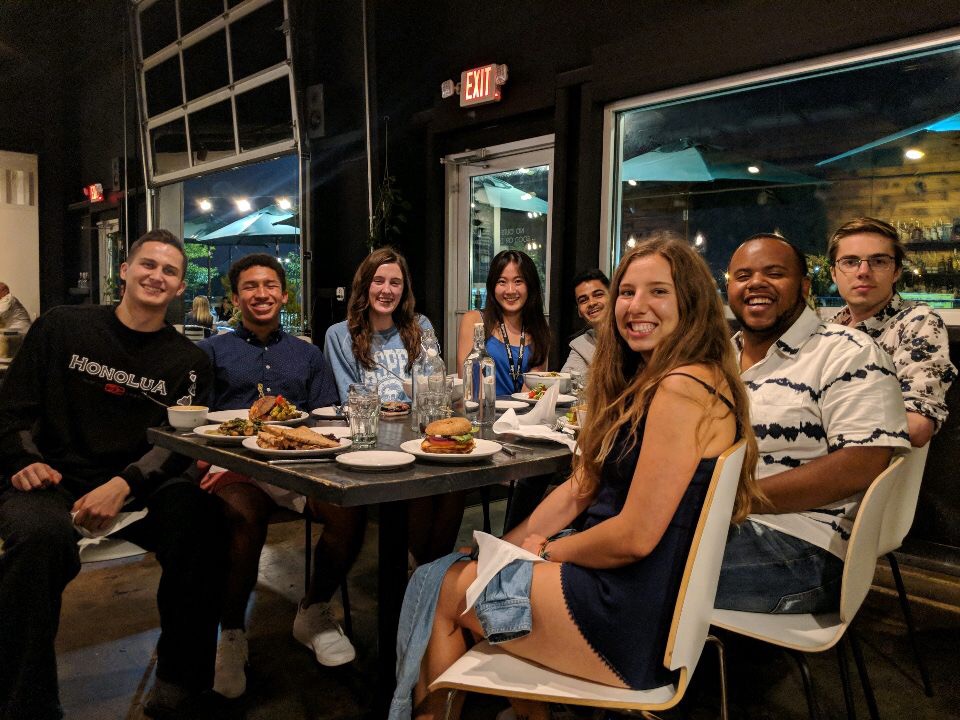 Science Honors program, the foundation of our project of conducting and promoting student research. A typical Mayfield application consists of a project proposal- goals and timelines included- that is to be achieved by the spring capstone, a media-centered presentation to exhibit the group’s accomplishment(s) that year. However, to maintain membership in this living-learning community program, groups must write “monthly reports, [hold] weekly meetings, [have] lectures with faculty and staff and regular meetings with faculty advisors, [as well as participate] in educational programs for the campus and community at large.” (Every Mayfield can re-apply for another year, though approval is not guaranteed.) Nonetheless, our projector movie nights, day-long hikes, countless food outings, late-night Topgolf shenanigans, sunsets on top of Light Hall, and weekend adventures are all thanks to our home here- in terms of connections with each other and the use of the physical space, as well. The family-style Mayfield living-learning community is an experience in itself, and the layout can adapt to support both the work and the socialization of its residents.
Science Honors program, the foundation of our project of conducting and promoting student research. A typical Mayfield application consists of a project proposal- goals and timelines included- that is to be achieved by the spring capstone, a media-centered presentation to exhibit the group’s accomplishment(s) that year. However, to maintain membership in this living-learning community program, groups must write “monthly reports, [hold] weekly meetings, [have] lectures with faculty and staff and regular meetings with faculty advisors, [as well as participate] in educational programs for the campus and community at large.” (Every Mayfield can re-apply for another year, though approval is not guaranteed.) Nonetheless, our projector movie nights, day-long hikes, countless food outings, late-night Topgolf shenanigans, sunsets on top of Light Hall, and weekend adventures are all thanks to our home here- in terms of connections with each other and the use of the physical space, as well. The family-style Mayfield living-learning community is an experience in itself, and the layout can adapt to support both the work and the socialization of its residents.
*Something else that should be noted is the greater Mayfield community: Mayfields know other Mayfields. We attend each other’s project events (i.e. Betta fish breeding, physical and emotional wellbeing workouts and workshops, and transfer student integration), support other residents at performances, and simply hang out. So, not only do we have our own smaller-scale community, but we also have nineteen other communities around us, each with 10 students and a unique project. Of course, I cannot name every single person that lives in each of the twenty spaces, but I can easily name twenty people I have become good friends with after meeting at some Mayfield-type function. The students and faculty advisors I have met through this experience have made my living at Vanderbilt much more enjoyable and my access to networking and other opportunities that much more extensive. Our Mayfield has fully proven to be an ideal living-learning space.
